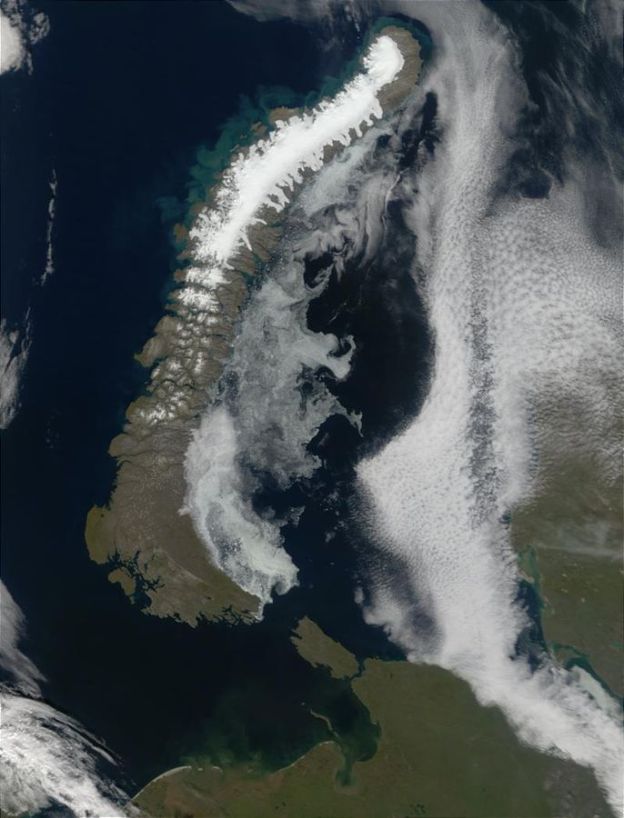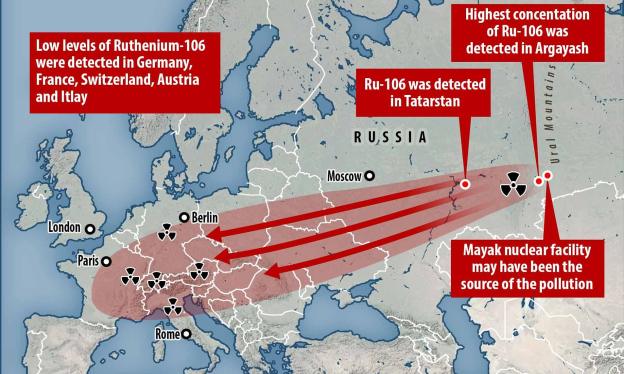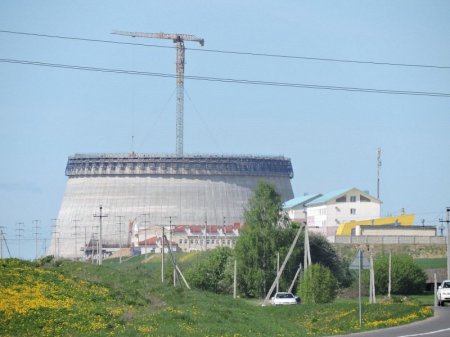According to World Nuclear Assocation as of March 2020, about 30 countries are considering, planning or starting nuclear power programmes, and a further 20 or so countries have at some point expressed an interest.
In Europe: Albania, Serbia, Croatia, Portugal, Norway, Poland, Belarus, Estonia, Latvia, Lithuania, Ireland, Turkey.
In the Middle East and North Africa: Gulf states including UAE, Saudi Arabia, Qatar and Kuwait; Yemen, Israel, Syria, Jordan, Egypt, Tunisia, Libya, Algeria, Morocco, Sudan.
In west, central and southern Africa: Nigeria, Ghana, Senegal, Kenya, Uganda, Tanzania, Zambia, Namibia, Rwanda, Ethiopia.
In Central and South America: Cuba, Chile, Ecuador, Venezuela, Bolivia, Peru, Paraguay.
In central and southern Asia: Azerbaijan, Georgia, Kazakhstan, Mongolia, Bangladesh, Sri Lanka, Uzbekistan.
In SE Asia and Oceania: Indonesia, Philippines, Vietnam, Thailand, Laos, Cambodia, Malaysia, Singapore, Myanmar, Australia.
The Connection between Nuclear Energy and Nuclear Weapons
State-owned nuclear companies in Russia and China have taken the lead in offering nuclear power plants to emerging countries includingfinance and fuel services.
Excerpts from Emerging Nuclear Energy Countries, Press Release, World Nuclear Association, Mar. 20, 2020



